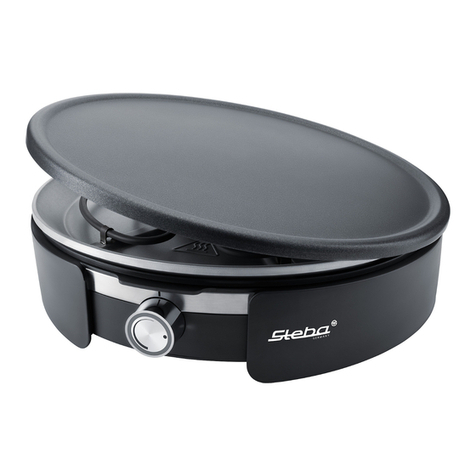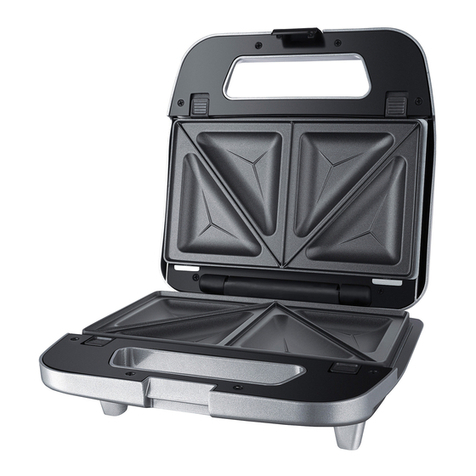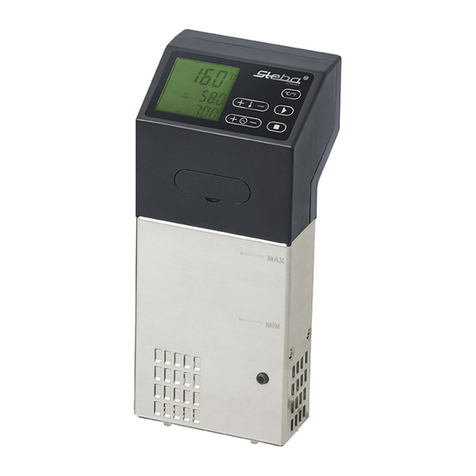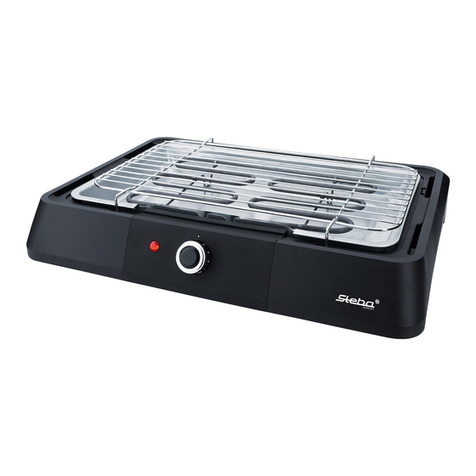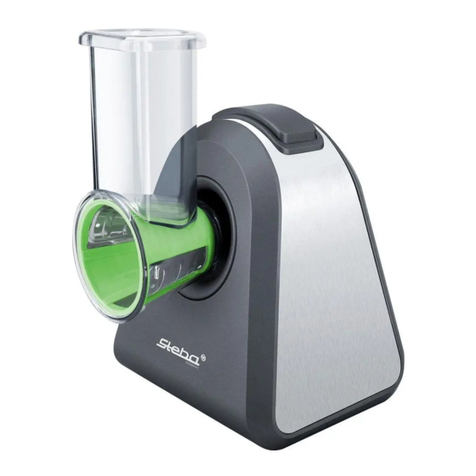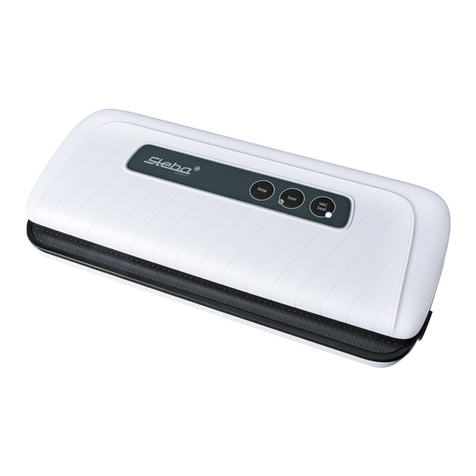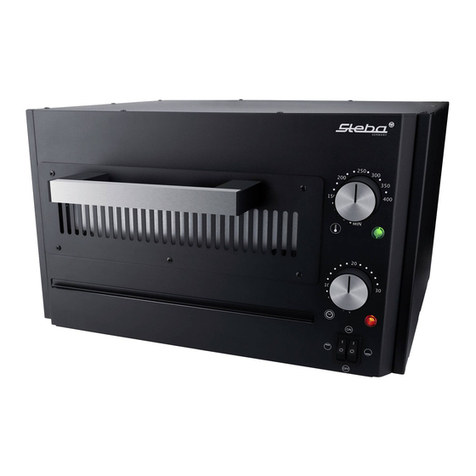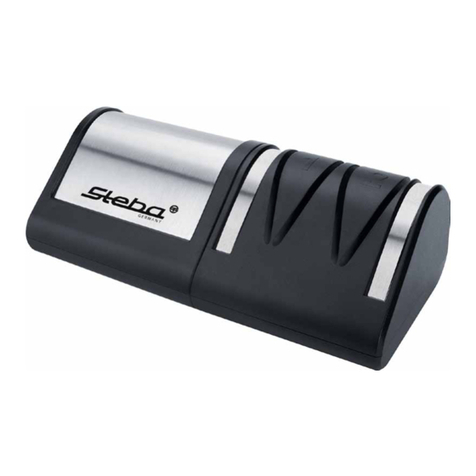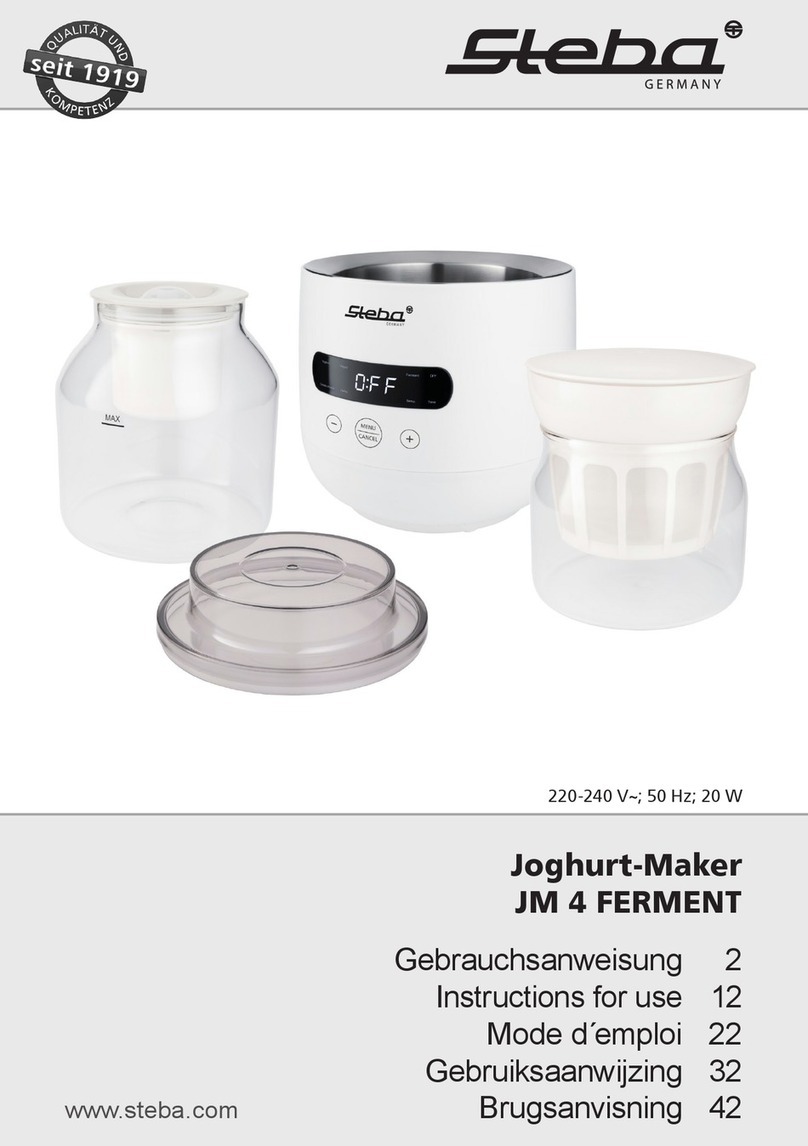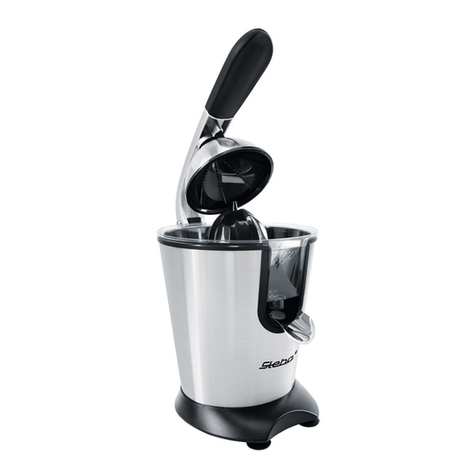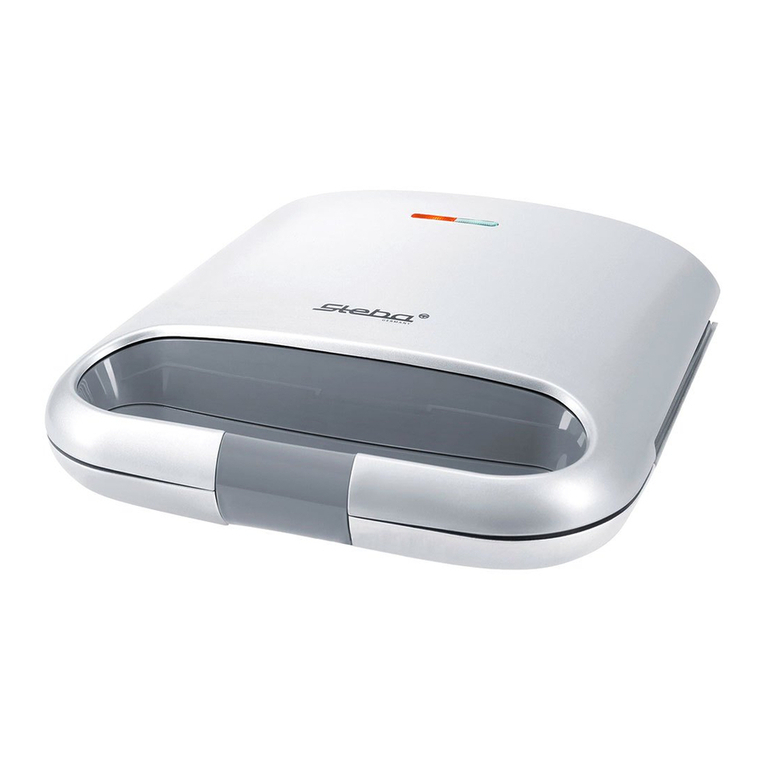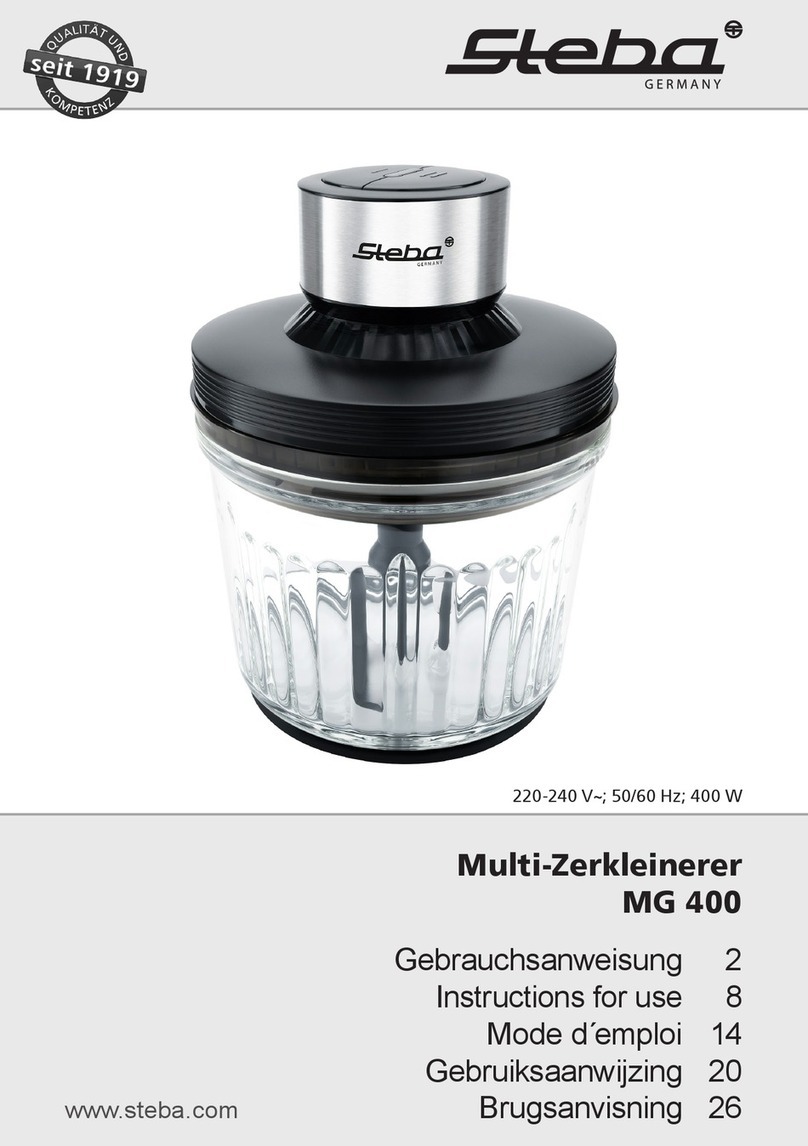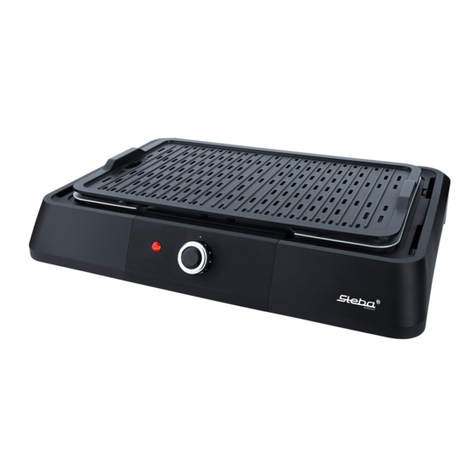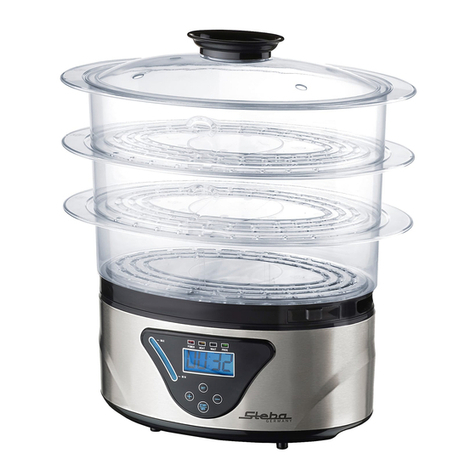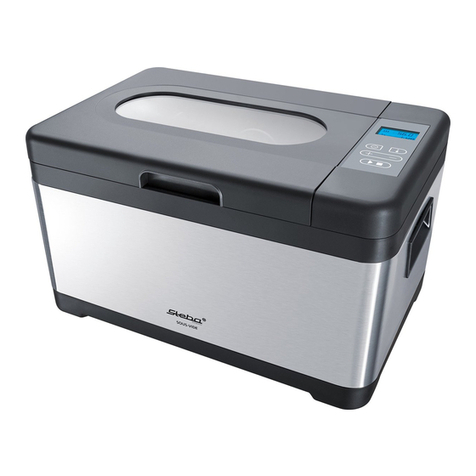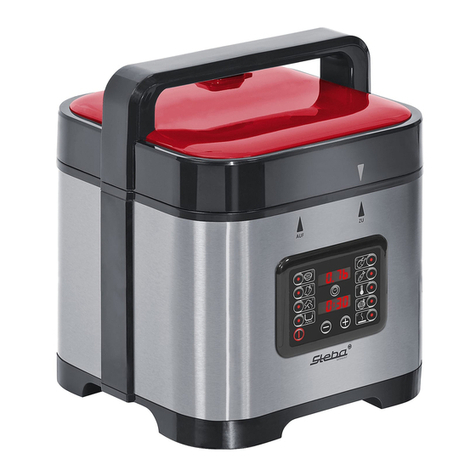
8
Korrekte Entsorgung dieses Produkts:
Ausgediente Geräte sofort unbrauchbar machen.
Innerhalb der EU weist dieses Symbol darauf hin, dass dieses Produkt nicht
über den Hausmüll entsorgt werden darf. Altgeräte enthalten wertvolle
recyclingfähige Materialien, die einer Wiederverwertung zugeführt werden
sollten und um der Umwelt bzw. der menschlichen Gesundheit nicht durch
unkontrollierte Müllbeseitigung zu schaden. Bitte entsorgen Sie Altgeräte deshalb
über geeignete Sammelsysteme oder senden Sie das Gerät zur Entsorgung an die
Stelle, bei der Sie es gekauft haben. Diese wird dann das Gerät der stofflichen
Verwertung zuführen.
Verpackungs-Entsorgung
Wenn möglich heben Sie die Verpackung auf um im Falle einer Garantie das Gerät
zurückschicken zu können. Verpackungsmaterial nicht einfach wegwerfen, sondern
der Wiederverwertung zuführen. Papier-, Pappe- und Wellpappeverpackungen bei
Altpapiersammelstellen abgeben. Kunststoffverpackungsteile und Folien sollten
ebenfalls in die dafür vorgesehenen Sammelbehälter gegeben werden.
In den Beispielen für die Kunststoffkennzeichnung steht: PE für
Polyethylen, die Kennziffer 02 für PE-HD, 04 für PE-LD, PP für
Polypropylen, PS für Polystyrol.
Kundenservice:
Sollte Ihr Gerät wider Erwarten einmal den Kundendienst benötigen, wenden Sie
sich bitte an nachfolgende Anschrift. Wir werden dann im Garantiefall die Abholung
veranlassen. Das Gerät muss transportfähig verpackt sein.
Unfreie Pakete können nicht angenommen werden!
STEBA Elektrogeräte GmbH & Co KG
Pointstr. 2, 96129 Strullendorf / Germany
Vertrieb-Tel.: 09543 / 449-17 / -18,
Service-Tel.: 09543 / 449-44, Fax: 09543 / 449-19
E-Mail: elektro@steba.com Internet: http://www.steba.com
Achtung! Elektrogeräte dürfen nur durch Elektro-Fachkräfte repariert werden, da
durch unsachgemäße Reparaturen erhebliche Folgeschäden entstehen können.
